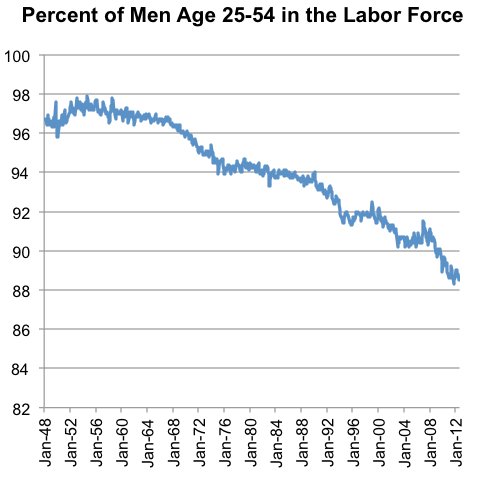 Beth A. Keiser/Associated PressThe Rules columnist says that by 2001, the stock market seems to have learned to price how good-governance and poor-governance companies.
Beth A. Keiser/Associated PressThe Rules columnist says that by 2001, the stock market seems to have learned to price how good-governance and poor-governance companies.
Can investors generally beat the market by concentrating their portfolios on companies that practice good corporate governance? There is evidence that good-governance features included in standard governance indexes do improve the performance of companies – but that their significance is already reflected in market prices.
In a well-known study issued a decade ago, Paul Gompers, Joy Ishii and Andrew Metrick identified a trading strategy that would have produced abnormally high returns in the 1990s. The strategy was based on an index, the G-Index, consisting of 24 governance provisions that weaken shareholder rights.
In a subsequent study, Alma Cohen, Allen Ferrell and I showed that, among the 24 provisions, only six – including staggered boards, poison pills and supermajority requirements – really mattered. As a result, we constructed an E-Index based on these six “entrenching” provisions.
Those studies showed that buying shares in the 1990s of companies that scored well on the governance indexes and shorting companies that scored poorly would have beaten the market. The correlation between governance and stock returns has attracted interest from researchers, and the G-Index and E-Index have subsequently been used in hundreds of studies by financial economists.
The Rules
View all posts
In a recent study that will be published by The Journal of Financial Economics, Alma Cohen, Charles Wang and I document that the correlation between governance and stock returns in the 1990s did not persist in later years. This correlation disappeared because markets learned to distinguish between good-governance and poor-governance firms (as defined by the governance indexes) and to price the difference into stock values.
We show that many relevant players – institutional investors, researchers and the media – started paying more attention to corporate governance in the 1990s – and that this trend accelerated in the early 2000s. From 2000 to 2002, the number of articles related to governance that appeared in major newspapers in the United States tripled, and the number of governance-related proposals submitted by institutional investors more than doubled. These and other barometers of interest in governance have remained high since then.
The increase in attention to governance had an impact. By 2001, the stock market seems to have learned to price how good-governance and poor-governance companies differ in their expected profitability.
The reaction of stock prices to earnings announcements indicated whether the release surprised the market. We found that, from 1990 to 2001 but not in later years , the earnings announcement of good-governance companies were more likely than those of poor-governance companies to surprise the market positively.
Over all, our study concluded that, during the 1990s, investors gradually learned to appreciate the difference between the good-governance and poor-governance companies. As a result, investors pushed up the stock prices of companies with good governance relative to those with poor governance. Once stock prices came to reflect this difference, it was no longer possible to use the governance indexes to outperform the market.
Does that mean that governance provisions in these indexes became irrelevant for investor interests? Not at all. We found that, as was the case in the 1990s, companies scoring well on these indexes continued to have a higher return on assets, net profit margin and sales growth in the 2000s than poorly scoring companies in their industry.
Good-governance companies also continued to have a higher Tobin’s Q – a standard measure based on the ratio of market capitalization to book value that financial economists use. Thus, the provisions in the governance indexes remain important for the value and performance of companies even if they are already factored into market prices.
Are there any ways left for investors to make money from governance? Yes. Some governance arrangements outside the governance indexes might not be priced yet, and investors could look for them. Our findings indicate that markets might require significant time to recognize fully, and incorporate into prices, the significance of certain governance arrangements.
As to the arrangements in the standard indexes whose significance is already recognized, investors would do well to encourage companies to make changes expected to improve value and performance. For example, shareholders could seek removal of entrenching provisions, like staggered boards and supermajority requirements, at the many companies that still have them.
Such changes may not enable some shareholders to outperform others, but they could benefit all the shareholders of these companies, as well as the economy. Governance is and will remain consequential for the wealth of shareholders and the value of companies.
This article is based on a study, Learning and the Disappearing Association between Governance and Returns, that Mr. Bebchuck co-authored with Alma Cohen and Charles Wang.
Lucian A. Bebchuk is the William J. Friedman and Alicia Townsend Friedman professor of law, economics and finance, and director of the Program on Corporate Governance at Harvard Law School. He is also a research associate of the National Bureau of Economic Research. His research — which focuses on corporate governance, law and finance, and law and economics — is available on his SSRN page.
Article source: http://dealbook.nytimes.com/2012/09/12/investing-in-good-governance/?partner=rss&emc=rss





